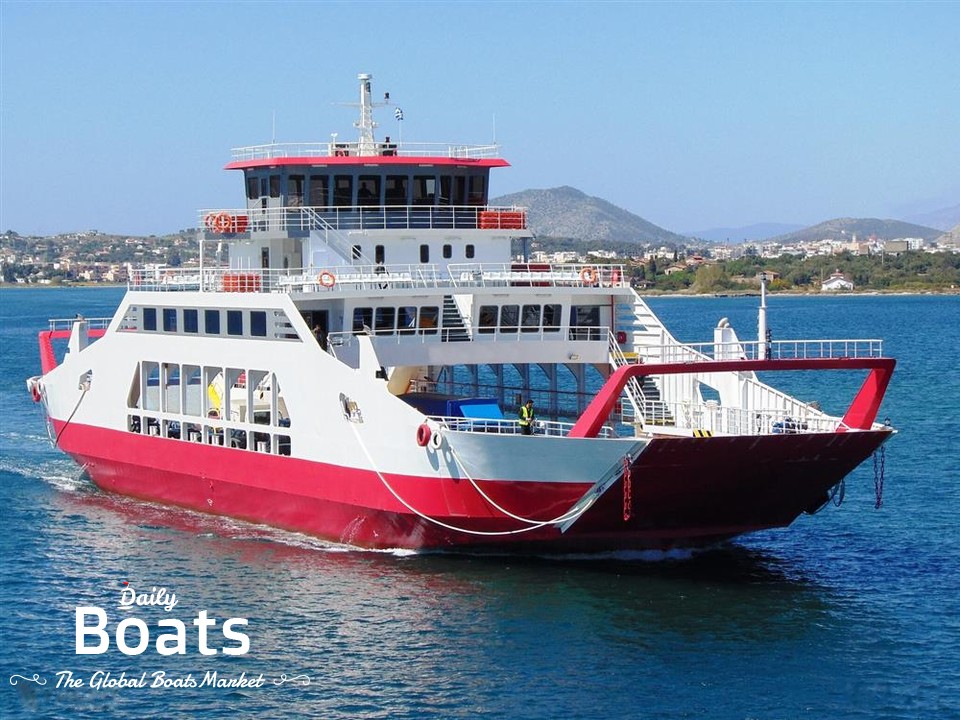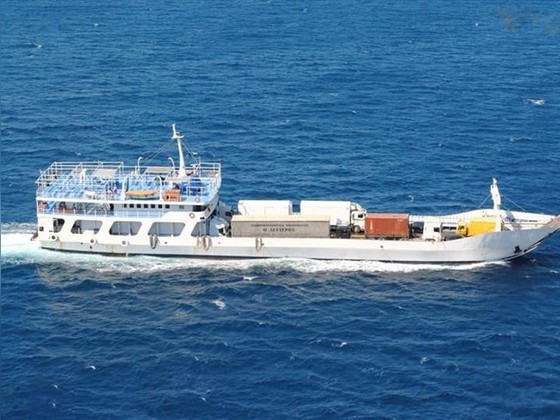Roro ships

What are RoRo ships?
Introduction
Today, we're going to be talking about RoRo ships - what they are, their history, and where they're headed in the future. But first, let's start with a definition.
What are RoRo ships
What is the meaning of RoRo
The term "RoRo" stands for "roll-on/roll-off". This refers to the method of loading and unloading cargo onto and off of the ship. Cargo is loaded onto the ship by rolling it on, and then unloaded by rolling it off. This type of shipping is very efficient because it eliminates the need for cranes or other heavy lifting equipment.
There are two main types of RoRo ships: pure car carriers (PCCs) and vehicle carriers (VCs). PCCs are designed to carry nothing but cars, while VCs can carry a variety of vehicles, including cars, trucks, buses, and construction equipment.
There are many benefits to using RoRo shipping. One of the biggest advantages is that it is much faster than traditional methods of shipping cargo, such as container ships. Additionally, RoRo shipping is much more cost-effective than other methods since it doesn't require specialised equipment or infrastructure. Finally, RoRo ships have a much smaller environmental impact than other types of vessels since they emit less greenhouse gases and produce less air pollution.

The history of RoRo ships
What are the origins of RoRo ships
The origins of RoRo ships can be traced back to the early 20th century, when the first roll-on/roll-off ferry service was introduced in Sweden. This type of ferry allowed vehicles to be easily loaded and unloaded, which greatly reduced turnaround time. The concept quickly spread to other countries in Europe and North America, and by the mid-20th century, RoRo ferry services were commonplace.
How have RoRo ships developed over time
Since their inception, RoRo ships have undergone a number of changes and improvements. One of the most significant changes has been the introduction of drive-through ramps, which allow vehicles to drive directly onto the ship without having to be lifted or towed on board. This further reduces loading and unloading times, and makes it possible to load larger vehicles onto the ship. Additionally, modern RoRo ships are often equipped with special features such as weather protection for vehicle decks, making them even more efficient and versatile.
The future of RoRo ships
What are the trends in the RoRo shipping industry
The trend in the RoRo shipping industry is toward larger ships. The average size of a RoRo ship has increased from 10,000 DWT in 1980 to over 50,000 DWT today. This trend is expected to continue as shippers seek to maximize efficiency and economies of scale.
Larger ships require more sophisticated loading and unloading equipment, and port facilities must be able to accommodate these larger vessels. In addition, new environmental regulations are requiring RoRo ships to be fitted with pollution-control devices such as scrubbers and advanced sewage treatment systems.
What challenges do RoRo ships face
One of the biggest challenges facing RoRo ships is the increasing cost of fuel. As fuel prices have risen, so too has the cost of operating a RoRo ship. Another challenge is competition from other modes of transportation, such as rail and trucking. To compete effectively, RoRo carriers must offer reliable service at a competitive price.
Conclusion
The RoRo shipping industry has come a long way since its humble beginnings. Today, RoRo ships are an essential part of the global shipping network, transporting millions of containers and vehicles every year. While the industry faces some challenges, it is expected to continue to grow in the future.







